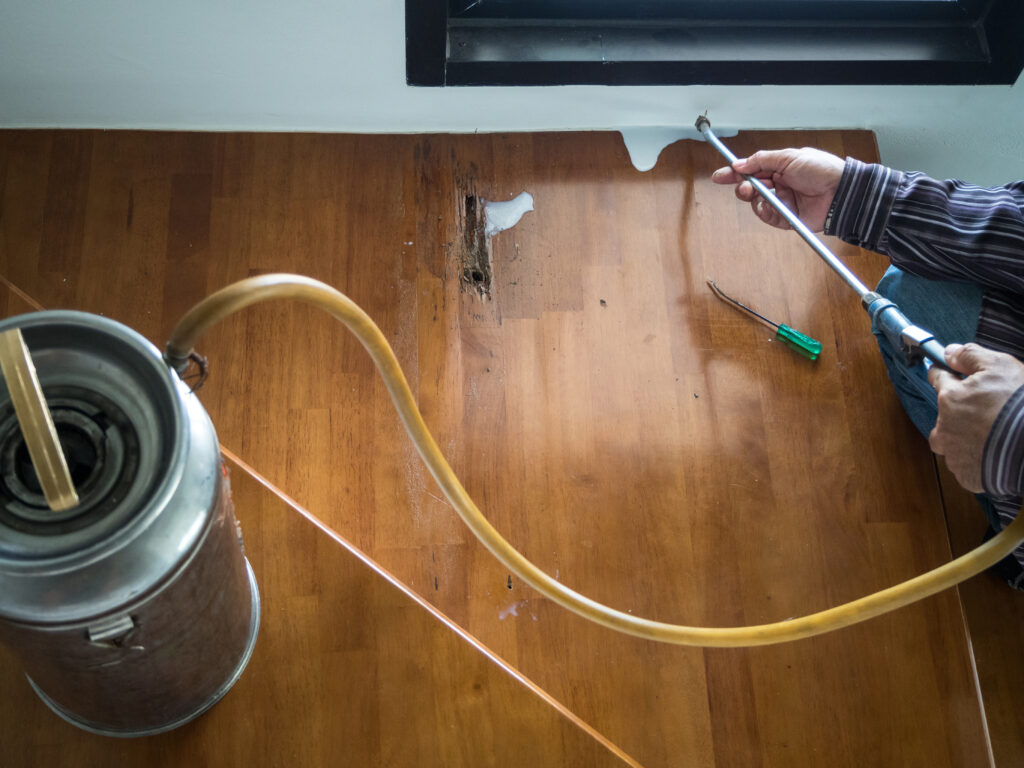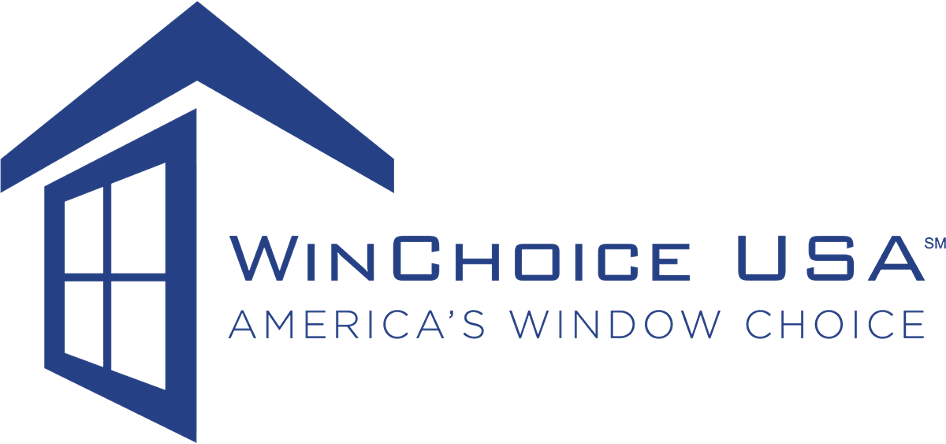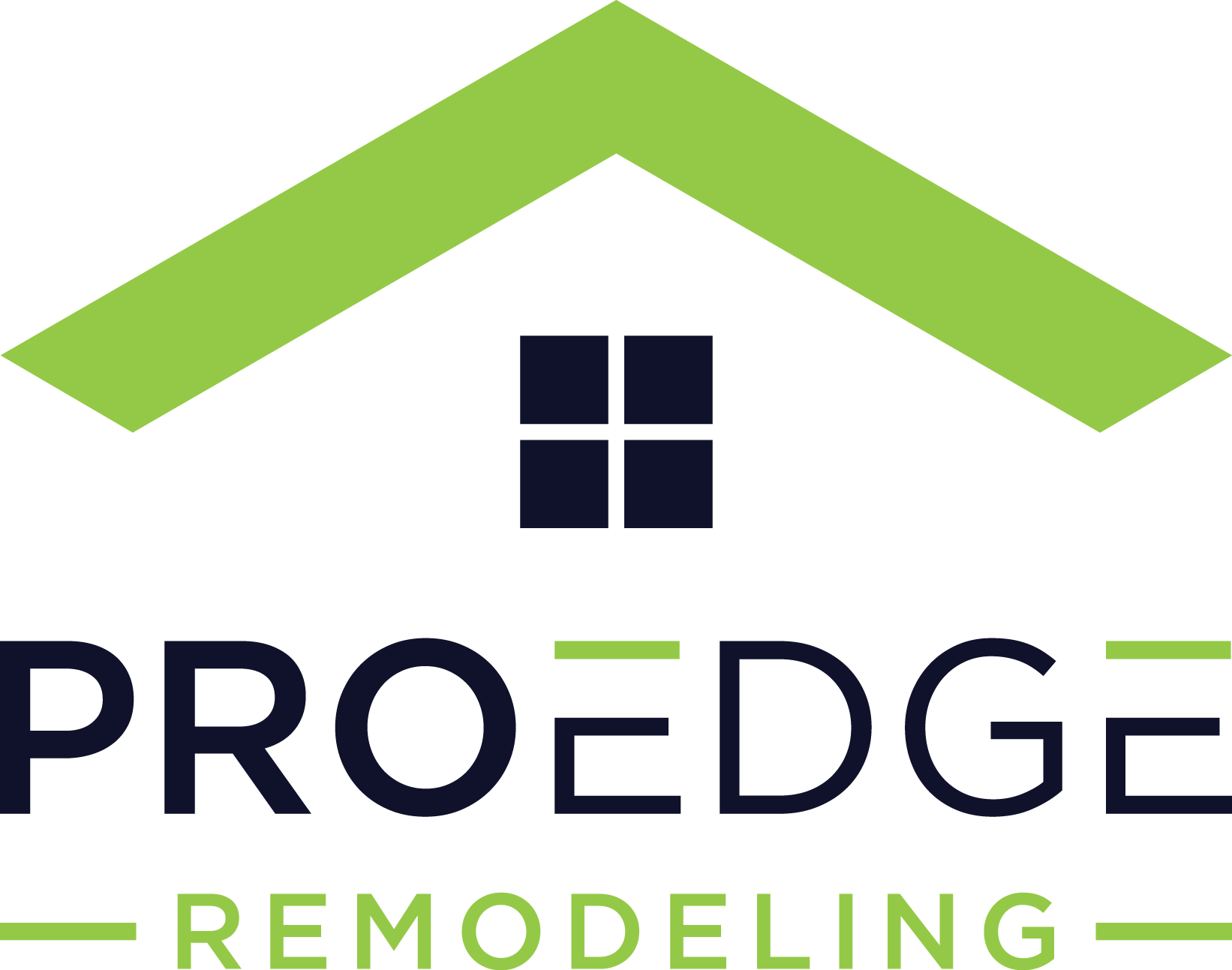Termite Treatment Cost Guide

Termites can cause extensive structural damage to your home—often before you’re even aware there’s a problem. They feed on cellulose-rich materials like wood, drywall, and insulation, slowly compromising the integrity of your floors, walls, and support beams. If left untreated, the damage may require costly repairs to major structural components, including joists and foundations.
According to the National Pest Management Association, termites are responsible for more than $5 billion in property damage each year in the United States, and most of that cost is paid out of pocket by property owners.
Termite treatment can be expensive, and damage is rarely covered by homeowners insurance. Understanding the costs involved, along with your treatment and prevention options, can help you make more informed decisions.
This guide outlines the most common termite treatment methods, what they typically cost, and what financial factors to consider when evaluating the best approach for your home.
Table of Contents
Signs You May Have a Termite Problem
Early detection is key to minimizing treatment and repair costs. Watch for:
- Mud tubes near the foundation or inside crawl spaces
- Hollow-sounding wood or sagging floors
- Discarded termite wings near windows or doors
- Bubbling paint or buckled drywall
- Clicking sounds inside walls
If you suspect an infestation, it’s advised to schedule a professional termite inspection as soon as possible.
Factors That Affect Termite Treatment Costs
The cost of termite treatment varies based on several factors:
- Termite species: Subterranean, drywood, and dampwood termites each require different methods.
- Infestation scope: Larger or more entrenched infestations cost more to treat.
- Treatment method: Some methods, such as fumigation, are more expensive than localized treatments.
- Your home’s layout: Larger homes or those with basements or crawl spaces may require more labor and materials.
- Professional vs. DIY: While you might save on initial costs with a do-it-yourself approach, professional treatment is typically more effective over time.
Termite Treatment Options and Their Costs
There are several methods available to treat termite infestations, each with its own cost range, benefits, and limitations. The right solution for your home will depend on the type of termite, the severity of the infestation, and the structure of your property. Below is an overview of the most commonly used termite treatments.
Chemical Barrier Treatments
This method involves applying liquid termiticide around the foundation of your home, creating a chemical barrier that either repels or kills termites upon contact. It’s most commonly used to treat subterranean termite infestations.
- Best for: Moderate to severe subterranean termite activity
- Estimated cost: Typically between $1,500 and $3,500, depending on the size of your home
- Considerations: In some cases, installers may need to drill through concrete slabs or patios to ensure complete coverage. While this adds to the labor, chemical barriers often provide long-term protection when professionally applied.
Bait Station Systems
Bait stations are strategically placed around the perimeter of your home. These contain slow-acting insecticides that termites carry back to the colony, eventually eliminating it. They are less invasive than chemical treatments and are designed for long-term monitoring.
- Best for: Ongoing prevention and early-stage infestations
- Estimated cost: Initial installation costs range from $1,000 to $2,500, with annual monitoring fees averaging $200 to $400
- Considerations: Bait systems are effective but may take longer to fully resolve an infestation. They also require regular servicing to maintain effectiveness.
Fumigation (Tent Treatment)
Fumigation, also known as tenting, involves enclosing your home in a sealed tent and releasing a fumigant gas that penetrates the structure. This method is especially effective for drywood termites, which can live inside walls and furniture.
- Best for: Severe or widespread drywood termite infestations
- Estimated cost: Generally falls between $2,000 and $8,000, depending on the home’s size and location
- Considerations: Fumigation requires you to vacate your home for several days. It’s a more disruptive but highly effective approach when localized treatments are insufficient.
Heat Treatment
This technique uses specialized equipment to raise the temperature in targeted areas of your home to levels that are lethal to termites—typically around 120–140°F. It’s a non-chemical solution ideal for smaller infestations.
- Best for: Localized drywood termite infestations
- Estimated cost: Usually between $1,500 and $4,000
- Considerations: While heat treatment is effective and environmentally friendly, it may not reach deeply hidden colonies and is not ideal for large-scale infestations.
DIY Termite Treatment Options
Do-it-yourself options such as sprays, foams, and boric acid treatments are widely available at home improvement stores. These products are most useful for minor infestations or as preventative measures.
- Best for: Very small or visible infestations
- Estimated cost: Varies, but typically ranges from $10 to $100 per product
- Considerations: DIY solutions rarely address the root of the problem—especially when termites are located deep within walls or foundations. While inexpensive, they are best suited for spot treatments or supplementary use.
Additional Expenses to Consider
Beyond the primary treatment cost, you may need to budget for:
- Inspection fees: $75 to $300 (often waived if you hire the same provider for treatment)
- Structural repairs: $500 to $10,000 or more depending on the damage
- Annual prevention plans: $250 to $600 per year for inspections, bait monitoring, and retreatments if necessary
These expenses can add up quickly, especially if the infestation goes undetected for a long period.
Does Homeowners Insurance Cover Termite Damage?
In most cases, termite damage is not covered by standard homeowners insurance policies. Insurers generally consider pest infestations to be a maintenance issue that you’re expected to prevent.
To reduce your exposure, ask pest control companies about warranties or service plans that cover future infestations or follow-up treatments.
How to Reduce Termite Control Costs
Termite treatment can be a significant expense, but there are several ways you can manage or reduce those costs over time. The following strategies focus on prevention, smart comparison shopping, and proactive maintenance.
1. Schedule Regular Termite Inspections
Regular termite inspections—ideally once per year—can help identify signs of termite activity before serious damage occurs. This is especially important if you live in a high-risk region or if your home has a history of infestations.
Professional inspections can help detect early warning signs that are easy to miss, such as mud tubes or subtle structural shifts. Early detection typically results in less invasive and less expensive treatment options.
2. Request Multiple Estimates from Licensed Providers
Costs for termite control can vary by provider, treatment method, and region. Getting at least three quotes allows you to evaluate pricing and services side by side.
Ensure that each pest control company is licensed and insured in your state. In some cases, providers may offer bundled services, discounts for annual contracts, or seasonal promotions.
3. Review Warranties and Service Agreements
Not all termite treatment plans include long-term protection. Some companies offer warranties that cover retreatment within a certain timeframe, while others may include inspections and spot treatments as part of a maintenance plan.
Look closely at contract terms, especially exclusions, service frequency, and renewal conditions. A slightly higher upfront cost may be worthwhile if it comes with a more comprehensive warranty.
4. Implement Preventative Home Maintenance
You can lower the risk of infestation by making your home less appealing to termites. Key prevention steps include:
- Sealing cracks in your home’s foundation and exterior walls
- Keeping wood piles and mulch away from your home’s perimeter
- Repairing leaky faucets, pipes, and HVAC units that contribute to excess moisture
- Ensuring proper drainage around your home’s foundation
If you’re building or renovating, you also consider physical termite barriers or treated construction materials, which offer additional protection.
Preventative termite treatments and inspections might seem like an added expense, but they can help you avoid more costly structural repairs down the line. Investing in prevention early on often provides better value than treating an advanced infestation.
When to Use a Professional
While over-the-counter treatments might address small, visible problems, most termite issues require a professional solution. You should consider hiring a licensed exterminator if:
- You suspect a large or hidden infestation
- You’re unsure what type of termites are present
- You want a treatment plan that includes long-term monitoring or warranty coverage
If you’re not sure what kind of termites you’re dealing with or how far the infestation has spread, working with a licensed pest control provider can help you get a clearer picture. A professional can inspect your home, identify the species, and recommend a treatment plan that fits your situation and budget. Many also offer service warranties or follow-up visits, which can be helpful if you’re looking for ongoing protection or peace of mind.
Conclusion
Termites often do damage quietly, making it easy to overlook a problem until it becomes more serious—and more expensive to fix. Acting early, whether through regular inspections or at the first sign of activity, can help you avoid the need for extensive repairs. Since termite damage typically isn’t covered by homeowners insurance, a proactive approach can also protect you from unexpected out-of-pocket costs.
Choosing the right termite treatment depends on the size of the infestation, your home’s layout, and what you’re comfortable spending. Some solutions are better suited for localized issues, while others are designed for full-structure protection. If you’re unsure what’s needed, a professional inspection can clarify your options and help you take the next step with confidence.
Additional Pest Control Resources

Anna has over six years of experience in the home services and journalism industries and serves as the Content Manager at MyHomePros.com, specializing in making complex home improvement topics like HVAC, roofing, and plumbing accessible to all. With a bachelor’s degree in journalism from Auburn University, she excels in crafting localized, comprehensive guides that cater to homeowners’ unique needs. Living on both coasts of the United States has equipped her with a distinctive perspective, fueling her passion for turning any house into a cherished home through informed, personalized decision-making.








